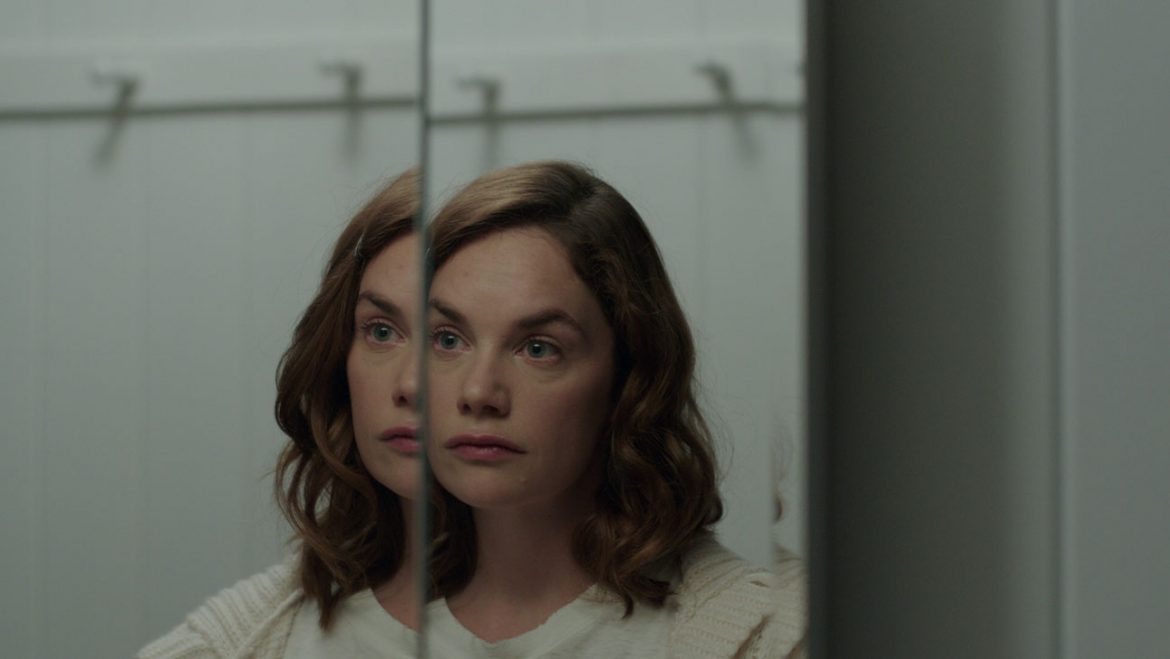At one point in the spectacularly creepy, evocatively-titled I Am The Pretty Thing That Lives Inside The House, our narrator tells us, “We make our own ghosts by looking, but pretending not to see.” It’s not exactly a skeleton key to the film’s meaning and approach, but it resonates throughout.
The narrator is Lily (Ruth Wilson), a shy hospice nurse who has just moved into the house of Iris Blum (Paula Prentiss). Blum had been an author of some renown — penning horror novels that, we are told, people might buy at the airport — but now suffering from near-dementia and close to death. Lily, too, will die: this is no spoiler, since it’s revealed in the second sentence of narration, roughly a minute into the film. We watch I Am The Pretty Thing That Lives Inside The House to find out how, and why.
Director Oz Perkins — with substantial help from cinematographer Julie Kirkwood’s ghostly imagery and Elvis Perkins’ dread-inducing score — holds off on answering those questions, preferring a kind of free-floating anxiety and ominous slow-burn. I Am The Pretty Thing That Lives Inside The House is slow to the point of lunacy. Perkins doesn’t just demand the viewer’s patience; his film is almost a dare, challenging our jump-cut sensibilities. This could prove a hindrance to some horror fans’ enjoyment, but it’s entirely effective on its own terms. When the outright scares do come, they’re magnified by the near-silence that preceded them.
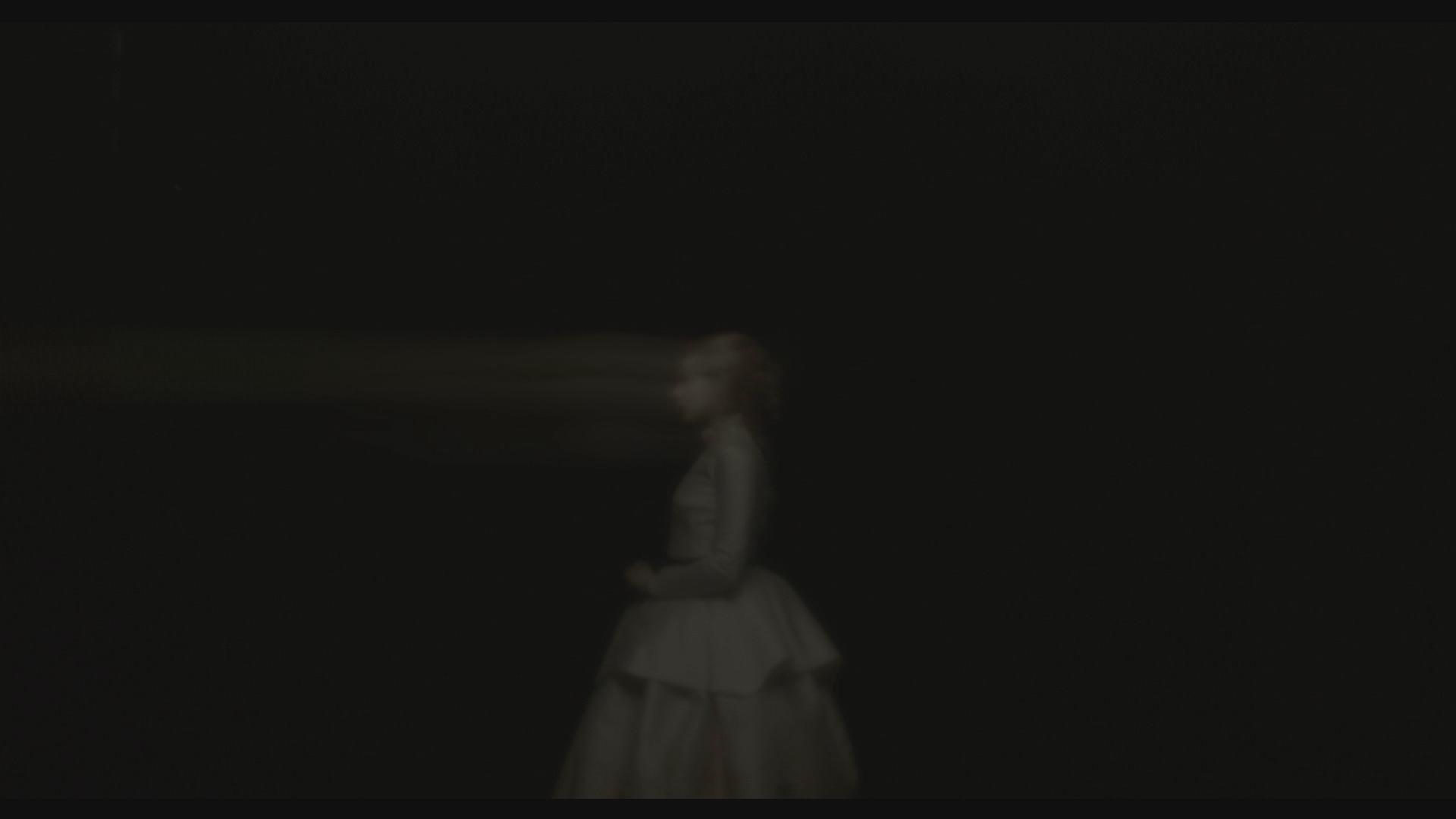
This is, above all, a strikingly intelligent haunted house story. There’s nothing wrong with a strikingly dumb one, per se, and I’m a fan of many. But I Am The Pretty Thing That Lives Inside The House comes across like Under The Skin by way of “The Yellow Wallpaper”, mining issues of sight, agency, and the repressed feminine through a horror lens. (Notice, it is not “the pretty thing who lives inside the house”.)
This house, after all, has been decreed by Blum’s will to serve as a writing space for women authors; her most famous book, which comes to take on an outsized role in the ghostly goings-on, is titled “The Lady In The Walls”. So Perkins’ film is already grappling with crumbling domestic spaces, hidden secrets, doppelgangers and isolation.
By the time Lily begins worrying about the accumulating mold on the fixtures, we know it’s far too late. But then, perhaps it was far too late from the opening frame.
Happy Halloween.
Quick Links
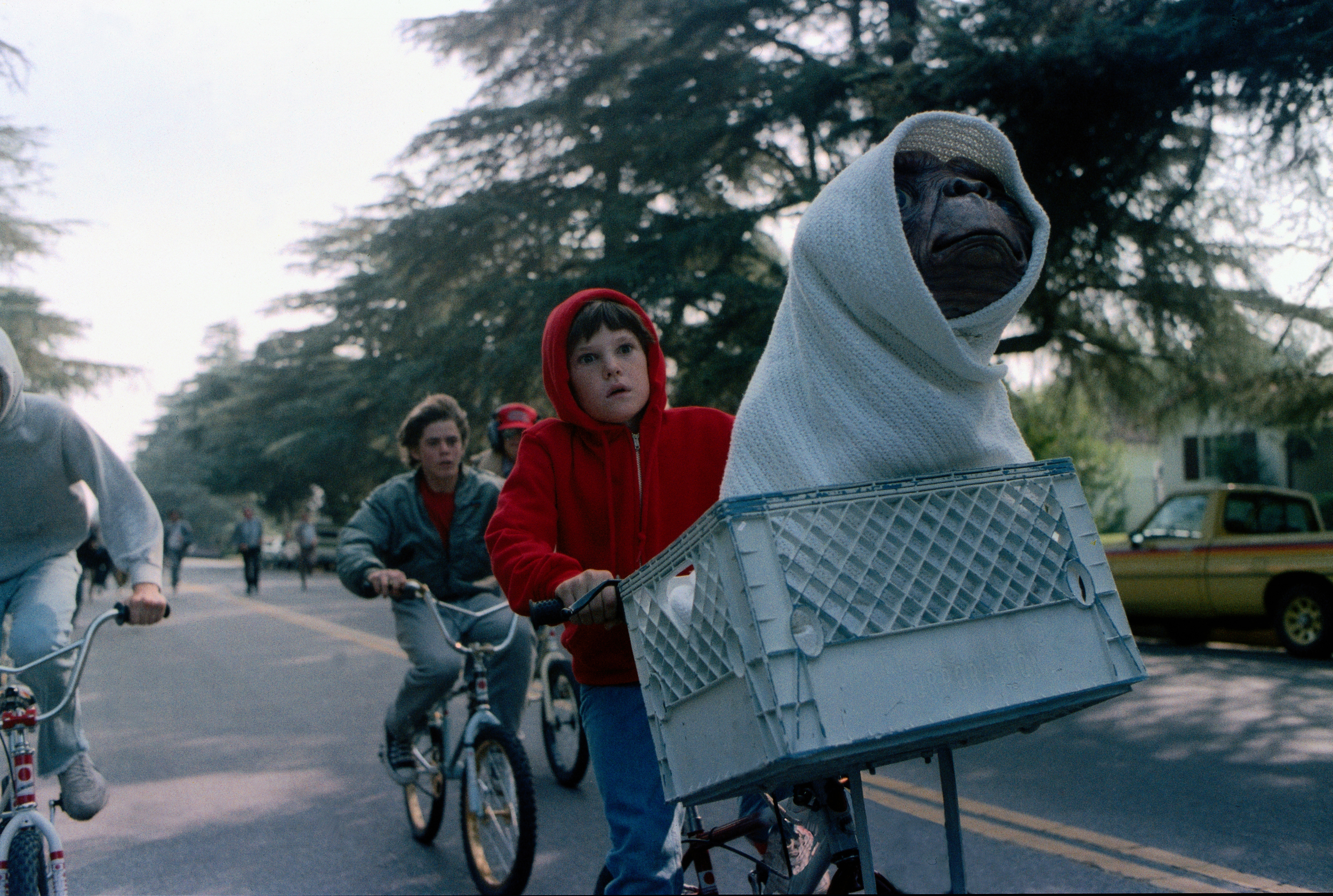
E.T.: The Extra Terrestrial: Do you really need convincing to watch E.T.? It’s E.T., for god’s sake. Go watch it again.
In the mean time, you could also read Roger Ebert’s Great Movies review, structured as a letter to his grandkids. It’s the sweetest thing imaginable. (And no, I’m not crying, you’re crying.)
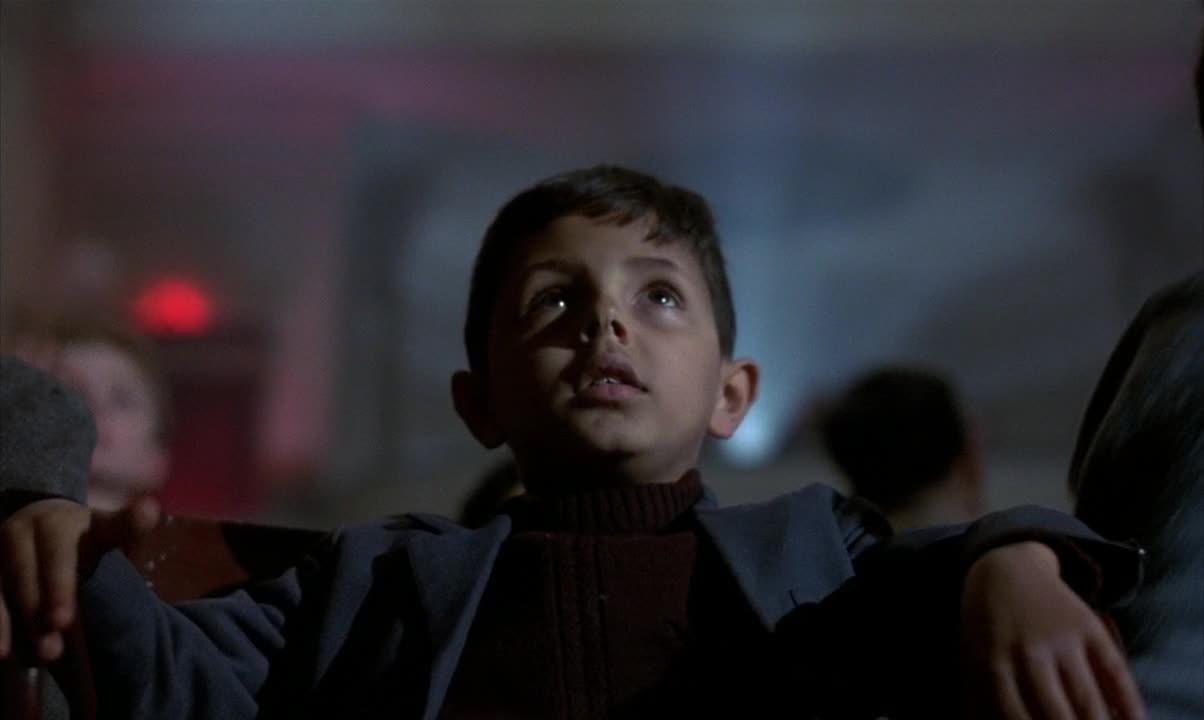
Cinema Paradiso: After watching this for the first time, my future brother-in-law declared, “That was a very beautiful story of love and the cinema.” I have nothing more to add.
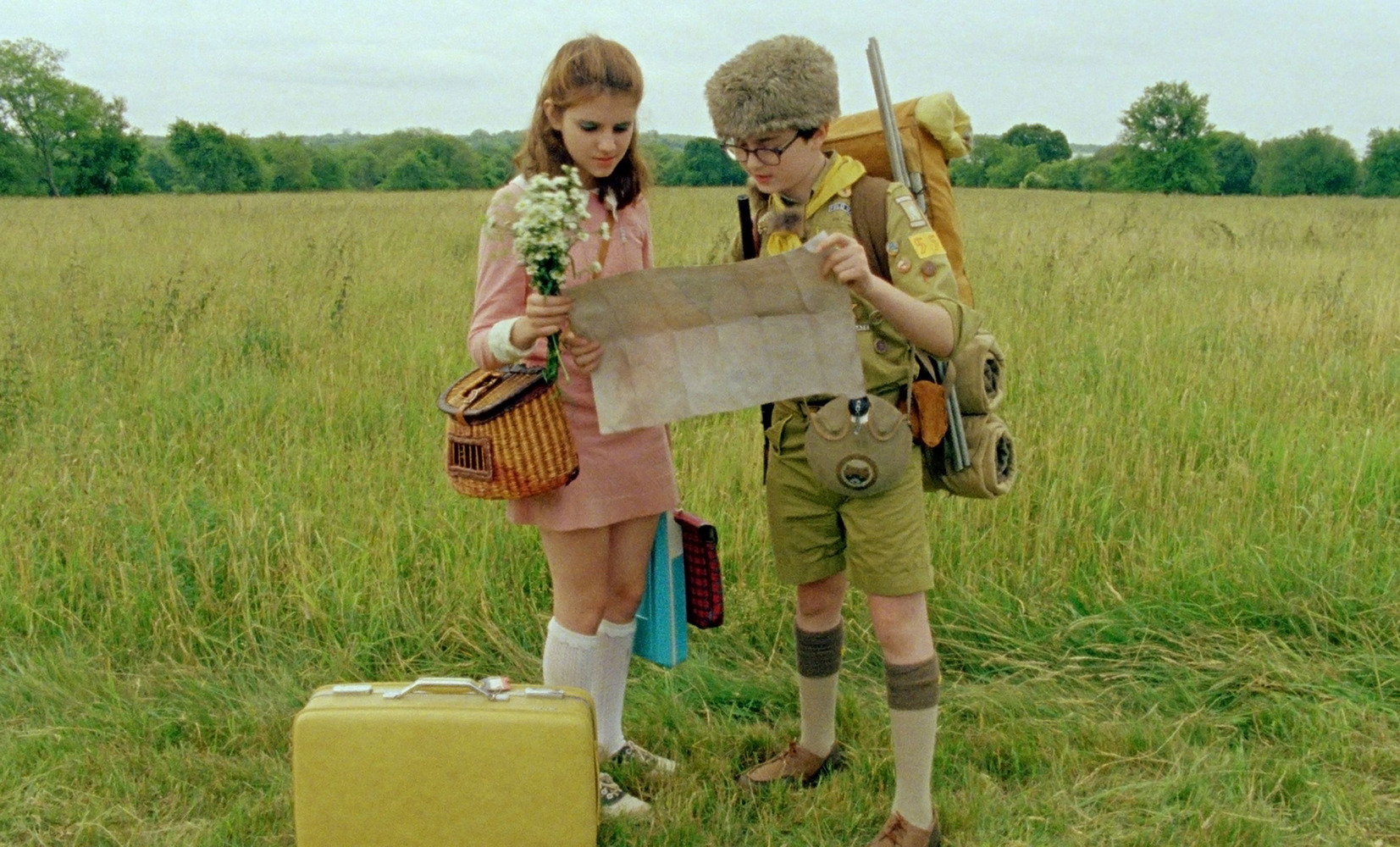
Moonrise Kingdom: Wes Anderson tends to polarize viewers into two camps — those that marvel at his ludicrously obsessive set design and turbo-charged whimsy and those who overdose on all the twee. Moonrise Kingdom is probably the closest he comes to splitting the difference. (At least in live-action: The Fantastic Mr. Fox wins this prize hands down.)
Chalk it up to its focus on actual children, maybe, and its lack of Rushmore-style cynicism. Anderson’s sensibility seems perfectly suited to the small Summer Camp adventures of the narrative, a skewed coming-of-age story that is entirely on the side of the kids and their dreams. Sure, it’s painfully adorable, and suffused with all the stylistic hijinks you’d expect, but it’s a difficult film to dislike; its heart is on its sleeve. For a director who’s constantly accused of preferring glossy, ironic constructions over actually earned feeling, Moonrise Kingdom‘s earnestness and affection stand out.
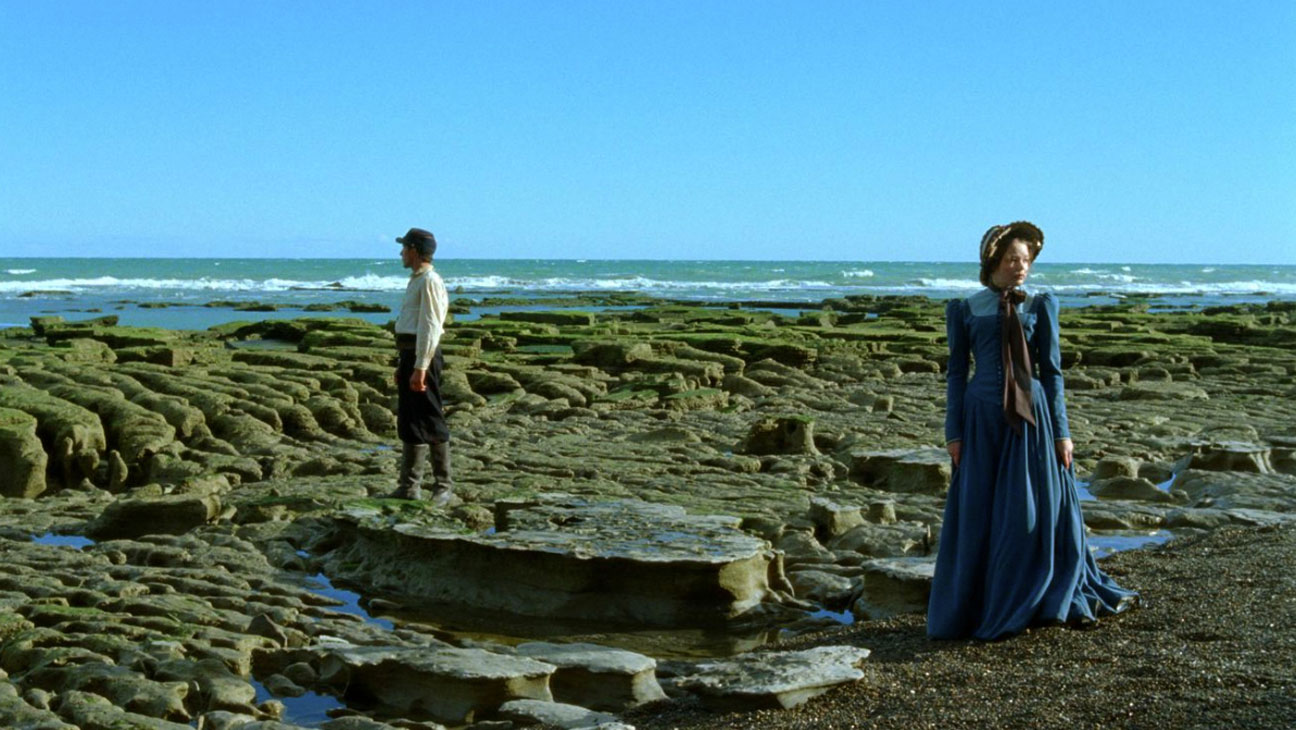
Jauja: As long as we’re focused on the resolutely slow and quiet, why not check out Argentinian director Lisandro Alonso‘s weird, Western-tinged journey into the unknown? It’s a hazy, subdued dreamscape of a movie, with Viggo Mortenson and Viilbjørk Mallin Agger, father and daughter, traveling from Denmark to … somewhere or other.
Comparisons to Dreyer and Herzog are apt, but Alonso is very much on his own melancholy wavelength here, composing images in a 4:3 aspect ratio and seeming more interested in textures than story. That may or not be your thing, and I have no real sense of what Jauja is all about, exactly. But it’s gorgeous to observe.

